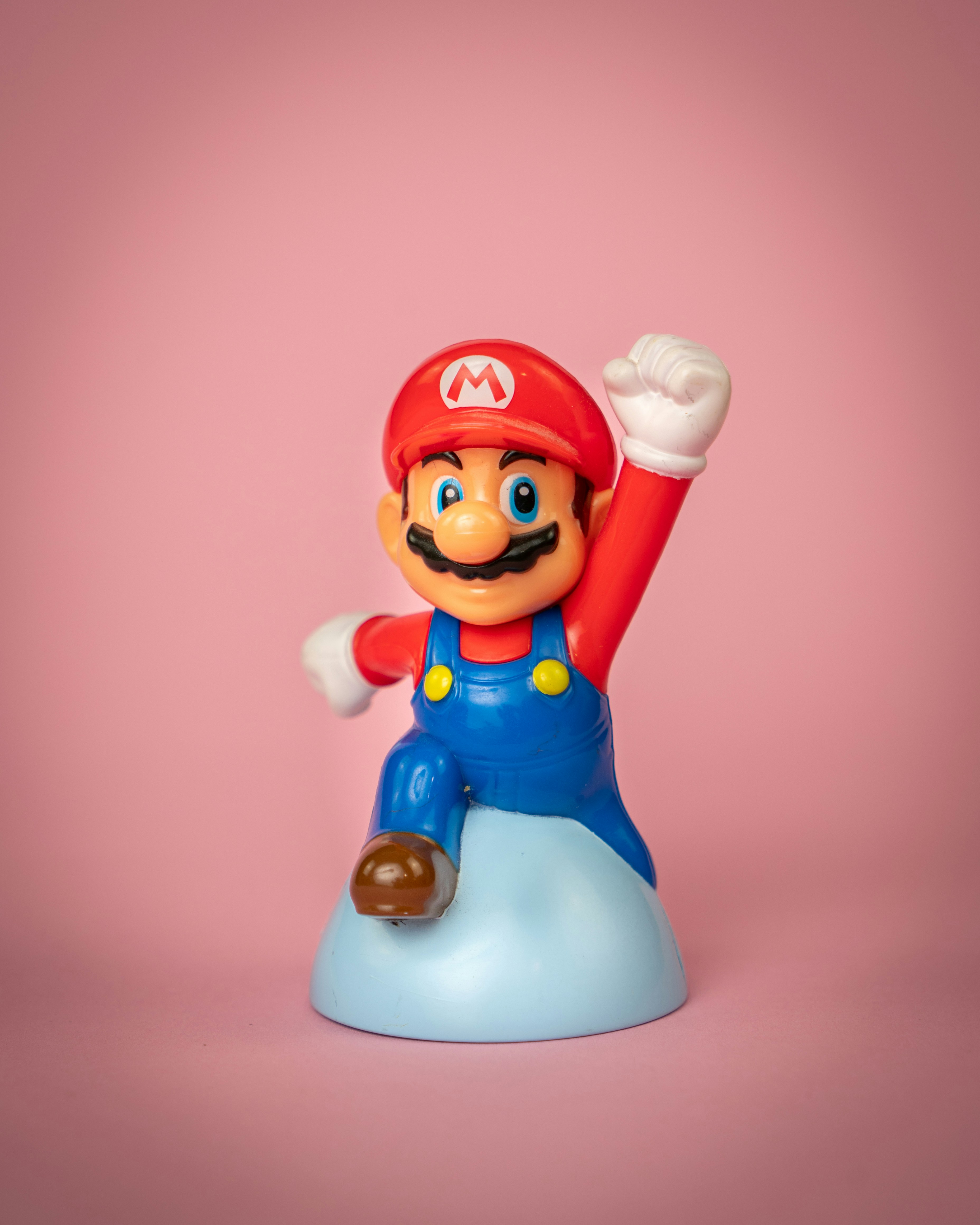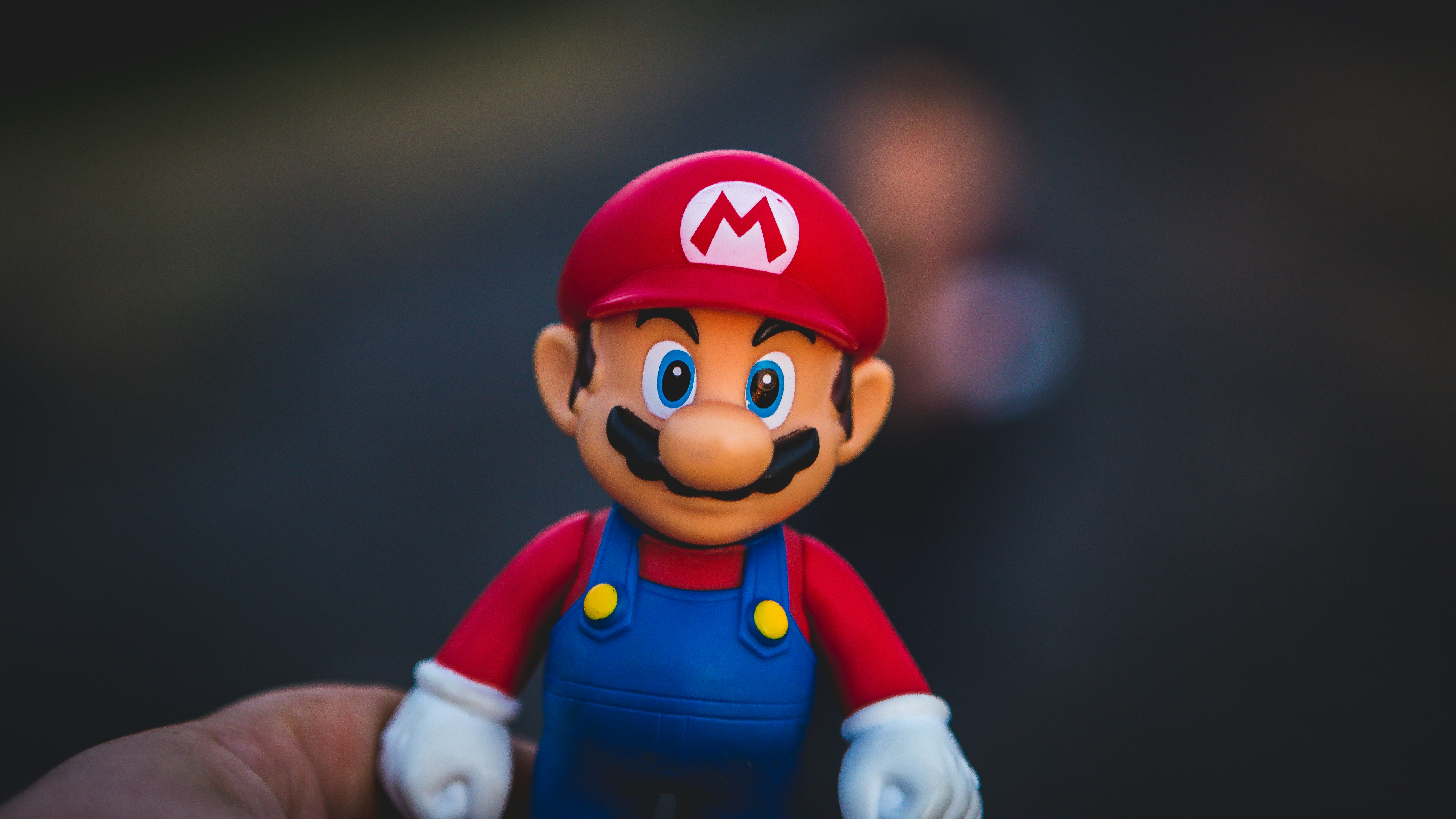Super Mario, the iconic gaming character loved by millions of players around the world, has undergone a significant evolution since his creation in the early 1980s. Mario's journey began with his humble beginnings as Jumpman, a character in the arcade classic "Donkey Kong." Created by legendary game designer Shigeru Miyamoto, Mario quickly became a fan favorite due to his simple yet engaging gameplay and distinctive personality.
Originally, the mustachioed plumber was not known as Mario, but rather as Jumpman. In "Donkey Kong," Jumpman's mission was to rescue his girlfriend, Pauline, from the clutches of the giant ape, Donkey Kong. With his signature red cap, overalls, and heroic determination, Jumpman became an instant hit, leaving a lasting impact on the gaming industry.
However, it wasn't until the release of "Super Mario Bros." for the Nintendo Entertainment System (NES) in 1985 that Jumpman officially became known as Mario. This groundbreaking platformer elevated Mario to new heights of popularity, introducing players to an immersive world filled with challenging levels, power-ups, and unforgettable enemies like the mischievous Goombas and the menacing Bowser. Super Mario Bros. revolutionized video gaming and propelled Mario into the household name he is today.

Power-ups and Princesses: Mario's Transformation in the 90s
In the 1990s, Super Mario underwent a significant transformation that solidified his status as a gaming icon. This decade saw Mario take on new adventures, introduce power-ups, and embark on a quest to save Princess Peach from the villainous Bowser.
One of the most notable additions to the Super Mario games in the 90s was the introduction of power-ups. These special items allowed Mario to gain temporary abilities and enhanced gameplay, providing a fresh and exciting experience for players. The Super Mushroom, for example, made Mario grow in size, allowing him to withstand enemies and break through blocks. The Fire Flower enabled Mario to throw fireballs and defeat enemies from a distance. These power-ups not only added a tactical aspect to the game but also added a layer of fun and challenge.
However, it was Mario's quest to save Princess Peach that truly defined his character and made him an icon of the gaming world. The objective of the game shifted from simply reaching the end of a level to rescuing the princess from the clutches of the evil Bowser. This narrative element added a sense of purpose and urgency to the gameplay, captivating players and creating an emotional connection to Mario's journey. Princess Peach became an integral part of the Super Mario series, and her character inspired many other video game franchises to include strong, capable female protagonists in their narratives.
3D Worlds and Mario's Leap into the Future
The release of Super Mario 64 in 1996 marked a significant milestone in the evolution of Super Mario, as it introduced players to the concept of exploring three-dimensional worlds. This groundbreaking game set the standard for future platformers and paved the way for the shift from 2D side-scrollers to immersive 3D adventures. Mario's transition into the world of 3D was met with immense praise and forever changed the gaming industry.
Super Mario 64 not only showcased the technical capabilities of the Nintendo 64 console but also revolutionized gameplay mechanics. Players now had the freedom to navigate expansive worlds, utilizing Mario's iconic moves such as running, jumping, and wall-jumping to overcome obstacles. The game's innovative camera system allowed players to control their perspective, enhancing the immersive experience and offering a new level of interactivity.
Following the success of Super Mario 64, the Mario franchise continued to push the boundaries of innovation. Super Mario Sunshine introduced the delightful FLUDD (Flash Liquidizer Ultra Dousing Device), granting Mario the ability to soar through tropical landscapes and clean up the mysterious goop that plagued Isle Delfino. Likewise, Super Mario Galaxy took players on a cosmic adventure, with gravity-defying levels and imaginative planet-hopping gameplay.

From Retro to Modern: The Enduring Legacy of Super Mario
Super Mario, the iconic gaming franchise created by Nintendo, has had an incredible evolution since its inception in the early 1980s. Over the years, Mario and his friends have captivated generations of players with their charming adventures and innovative gameplay. From the humble beginnings of the original Super Mario Bros on the NES console to the latest modern-day titles, the franchise continues to push boundaries and redefine what it means to be a platforming game.
What sets the Super Mario series apart is its ability to adapt and stay relevant in an ever-changing gaming landscape. Mario has transcended technological limitations, making successful transitions from 2D pixelated graphics to 3D environments without losing its essence. Each iteration introduces new gameplay mechanics and power-ups, keeping the series fresh and engaging. The introduction of iconic elements like the Super Mushroom, Fire Flower, and Super Star have become staples throughout the franchise, creating a sense of familiarity for players while also providing new surprises.
Super Mario's impact extends beyond gaming consoles. The character's popularity has expanded into other forms of media, such as animated TV shows, comics, and merchandise. Mario has become a pop culture icon, recognized worldwide for his distinct mustache, red cap, and blue overalls. This widespread recognition not only solidifies Mario's status as a gaming legend but also highlights the lasting influence the franchise has had on popular culture.


